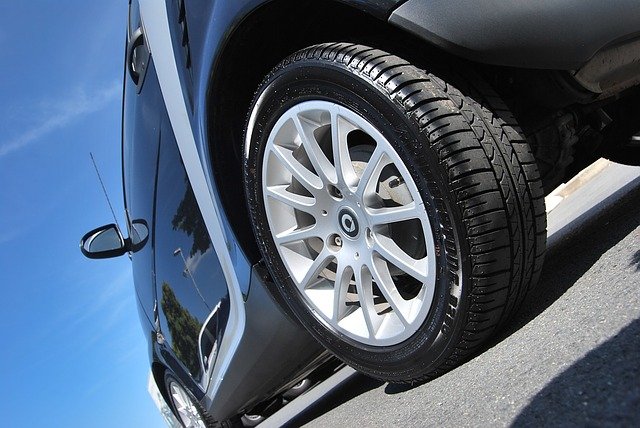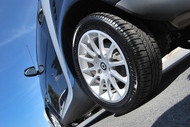What's the Purpose of Bleeding Your Vehicle's Brakes?
18th Nov 2020

Bleeding Vehicle Brakes
Many drivers bleed their vehicle's brakes either when making repairs or as a form of preventative maintenance. It's a short and simple process that's designed to remove air from a vehicle's brake system. Bleeding doesn't remove fluid. Rather, it only removes air that, if ignored, could lead to mechanical problems. To learn more about brake bleeding and how it works, keep reading.
The Basics of Brake Bleeding
Brake bleeding involves the removal of air from a vehicle's brake system. Most vehicles today use fluid-based brake system. Pressing your vehicle's brake pedal will engage a plunger that uses negative pressure to pump fluid into the brakes.
Like most other fluid-filled automotive systems, the brake system is sealed. Nonetheless, there are times when air can enter the brake system. By bleeding your vehicle's brakes, you'll remove any trapped or lingering air so that it doesn't cause mechanical problems.
The Importance of Bleeding Your Vehicle's Brakes
Why should you bleed your vehicle's brakes? If there's air trapped inside, it can make it harder for your vehicle to come to a complete stop. As previously mentioned, automotive brake systems use fluid. The presence of air can prevent the plunger from suctioning fluid out of the tank and into the brakes. If there's an air bubble in front of the plunger, it may not work. As a result, you'll have to press the brake pedal with greater force to make your vehicle stop.
How to Determine If Your Vehicle's Brakes Need Bleeding
You should typically bleed your vehicle's brakes anytime that you access or repair the brake system. If there's a chance that air will enter the brake system, you should err on the side of caution by bleeding your vehicle's brakes.
Even if you're simply topping off the fluid reservoir with additional brake fluid, you should bleed your vehicle's brakes. Whenever you open the fluid reservoir, air will enter it. Granted, it's not a substantial amount of air, but it only takes a single air bubble in the wrong place to restrict your vehicle's braking performance. Bleeding ensures that all of the air is removed so that your vehicle's brakes will function properly.
How to Bleed Your Vehicle's Brakes
Most automotive brake systems feature a nozzle that's designed specifically for bleeding. You may need to purchase a break bleeding kit. To bleed your vehicle's brakes, you'll typically need to loosen this nozzle -- don't remove it -- followed by pumping the brake pedal several times. As you pump the brake pedal, any trapped air will be forced out of your vehicle's brake system through the nozzle. When finished, tighten the nozzle back to its original position.

